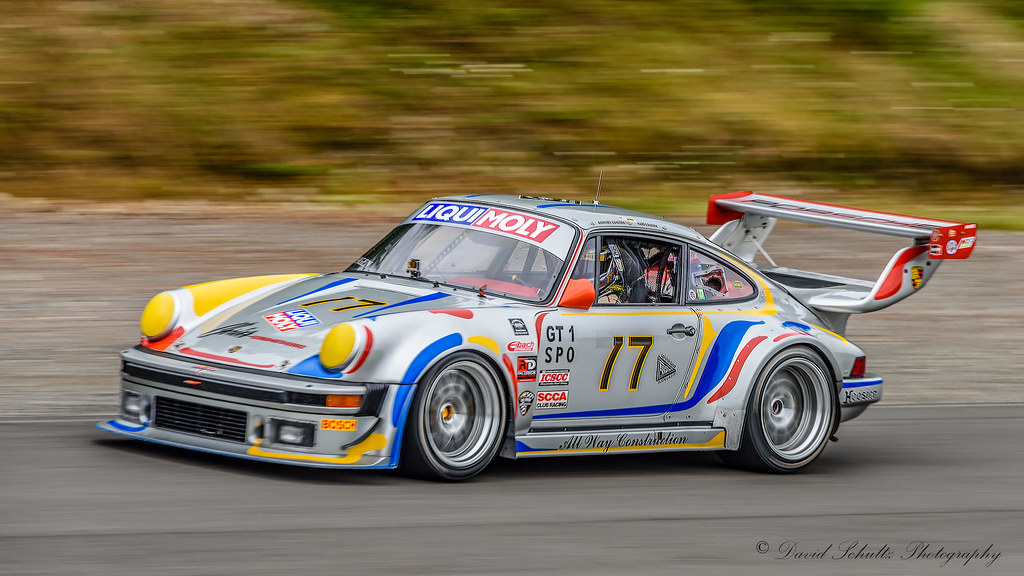#1979 PORSCHE 911
Photo
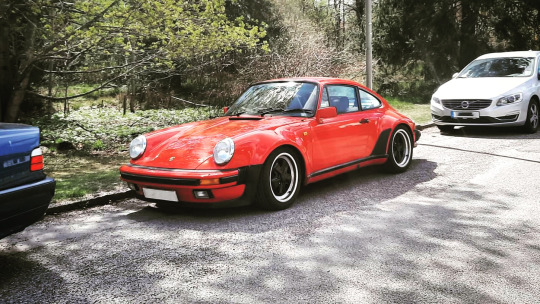
1979 PORSCHE 911
#1979 PORSCHE 911#PORSCHE#911 SC#VINTAGE PORSCHE#VINTAGE CAR#CARSPOTTING#VETERANBIL#CLASSIC CAR#CLASSIC GERMAN CARS#GERMAN SPORTSCAR#SPORTSCAR#70S PORSCHE
2K notes
·
View notes
Text

1979 Porsche 911 Turbo
695 notes
·
View notes
Photo






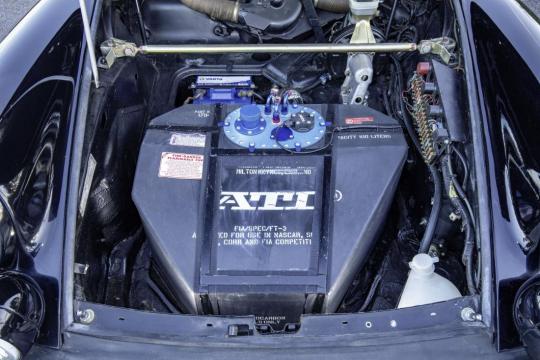

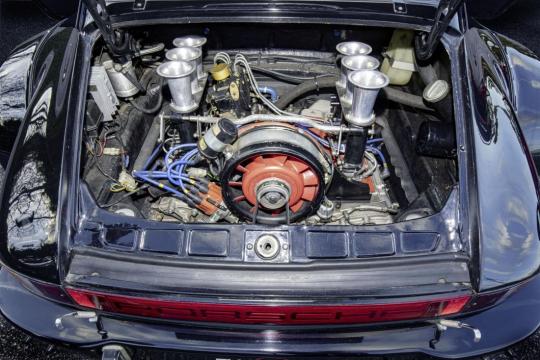
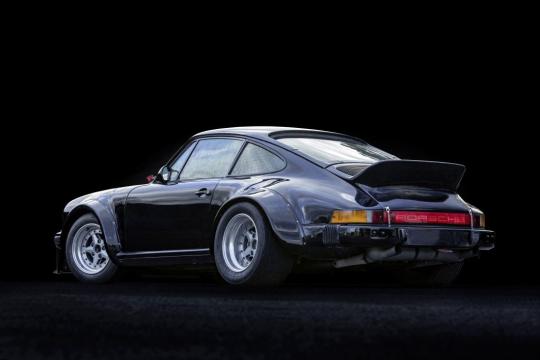
Porsche 911 SC 1979 - préparation par les frères Alméras. Ex Johnny Hallyday. - source L'Argus.
390 notes
·
View notes
Photo

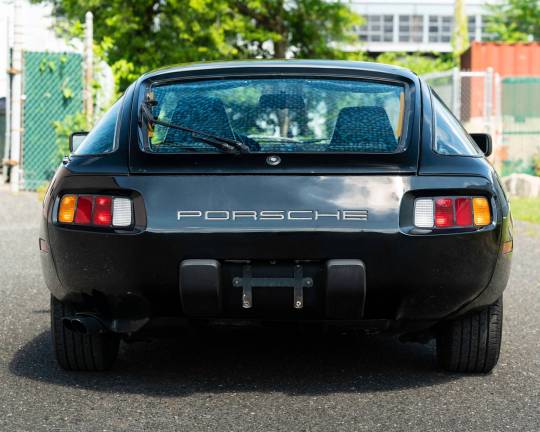
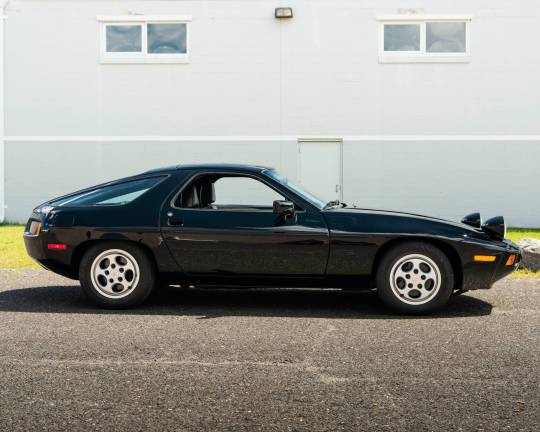

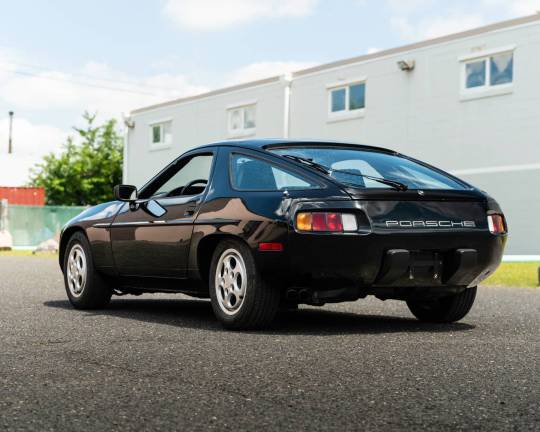
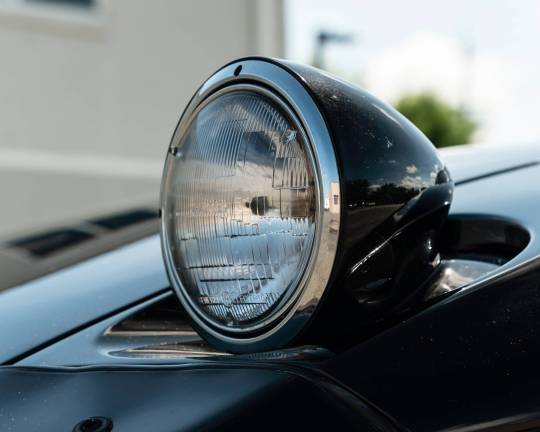

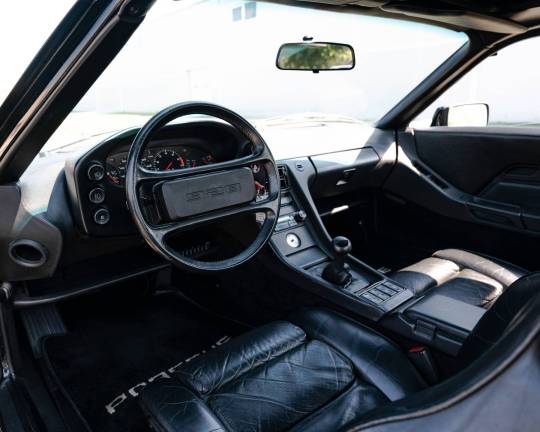
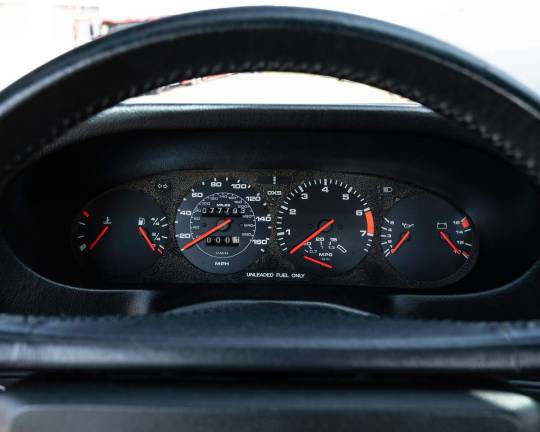
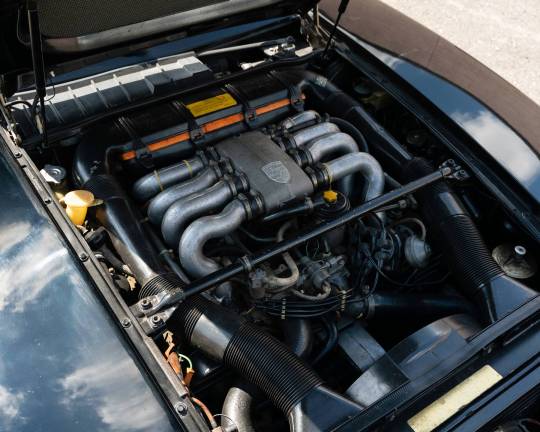
Porsche 928
Slumping sales of the 911 in the mid-1970s seemed to confirm that the model was approaching the end of its economic life cycle. Fuhrmann envisioned the new range-topping grand tourer model as being the best possible combination of a sports coupé and a luxury sedan. This would set it apart from the 911, with its relatively spartan interior and true sports car performance. The targets were that the car had to compete on par with offerings from Mercedes-Benz and BMW while also being successful in the United States, Porsche's main market at the time.
Several drivetrain layouts were considered during early development, including rear- and mid-engine, but most were dismissed because of technical and legislative difficulties. Having the engine, transmission, catalytic converter(s) and exhaust all cramped into a small rear engine bay made emission and noise control difficult which were the problems Porsche had with the 911. After deciding that the mid-engine layout did not allow enough room in the passenger compartment, a front-engine, rear-wheel drive layout was chosen
The finished car debuted at the 1977 Geneva Motor Show before going on sale later that year as a 1978 model. Although it won early acclaim for its comfort, power and futuristic design, sales were slow. Base prices were much higher than that of the previous range-topping 911 model and the 928's front-engined, water-cooled design alienated many Porsche purists.
The 928 featured a large, front-mounted and water-cooled V8 engine driving the rear wheels. Originally displacing 4.5 L and featuring a single overhead camshaft design, it was rated at 219 hp (163 kW; 222 PS) for the North American market and 240 PS (177 kW; 237 hp) in other markets. Porsche upgraded the engine from mechanical to electronic fuel injection in 1980 for US models, although power remained the same. This design marked a major change in direction for Porsche (started with the introduction of the 924 in 1976), whose cars had until then used only rear- or mid-mounted air-cooled flat engines with four or six cylinders.
Porsche utilised a transaxle in the 928 to help achieve 50/50 front/rear weight distribution, aiding the car's balance. Although it weighed more than the difficult-to-handle 911, its more neutral weight balance and higher power output gave it similar performance on the track. The 928 was regarded as the more relaxing car to drive at the time. It came with either a five-speed dog leg manual transmission, or a Mercedes-Benz-derived automatic transmission, originally with three speeds, with four-speed from 1983 in North America and 1984 in other markets. For the first generation cars, 1978 & 1979, the majority of cars were fitted with the less expensive 5 speed manual gearbox while the optional 3 speed automatic was much scarcer. As the model years continued, this ratio evened out and then finally more cars had the automatic transmission. The exact percentage of manual and automatic gearbox cars for the entire production run is not known.
The body, styled by Wolfgang Möbius under the guidance of Anatole Lapine, was mainly galvanized steel, but the doors, front wing, front fenders, and hood were made of aluminium to save weight. It had a substantial luggage area accessed via a large hatchback. Newly developed polyurethane elastic bumpers were integrated into the nose and tail and covered in body-coloured plastic; an unusual feature for the time that aided the car visually and reduced its drag. Another unusual feature was the pop-up headlamps which were based on the units found on the Lamborghini Miura and were integrated into the front wings.
Although it never sold in the numbers Fuhrmann envisioned, the 928 developed an avid following and had an 18-year production run.
107 notes
·
View notes
Text

“Starter” August - Preview
Here we go! Preview of June "Starter"!
These 9 cars available for Patrons!
Cars will be available since August 1'st.
1924 Austin Seven 🇬🇧
1958 Austin-Healey Sprite 🇬🇧
1966 Hillman Imp 🇬🇧
2021 Porsche 911 Targa 4S 🇩🇪
2023 BMW X7 🇩🇪
2022 Porsche Cayenne Turbo GT 🇩🇪
2021 Toyota RAV4 Prime 🇯🇵
1979 Toyota FJ40 🇯🇵
2012 Toyota FJ Cruiser 🇯🇵
Download
#the sims 4#sims 4#sims4#sims4car#the sims 4 cc#the sims 4 custom content#thesims4cars#the sims 4 cars#sims4vehicles#the sims#the sims 4 cc finds#sims 4 cc finds#the sims 5#sims 4 cars#sims 5#sims 4 cc#the sims custom content#sims 4 alpha cc#sims
28 notes
·
View notes
Text
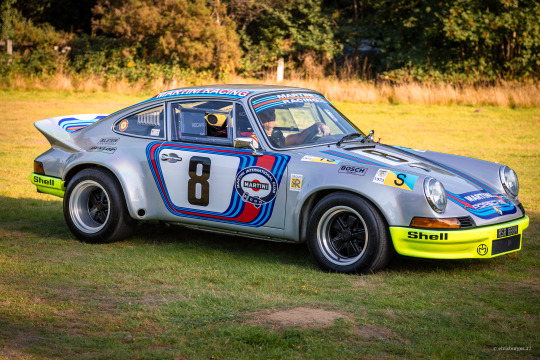
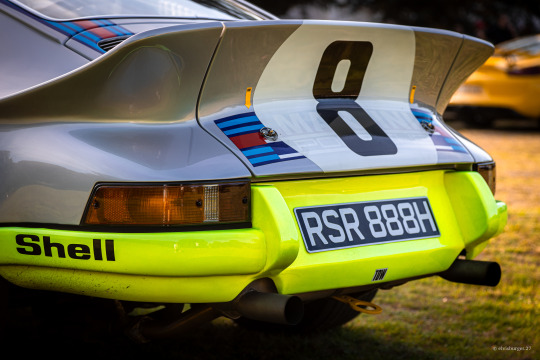

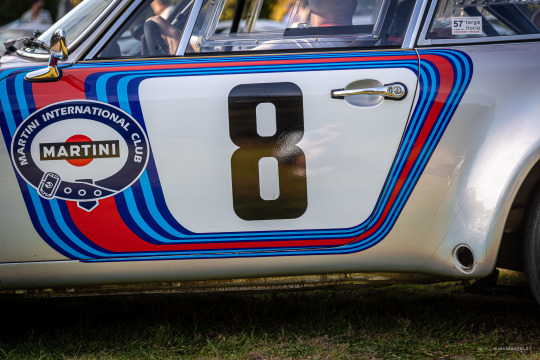
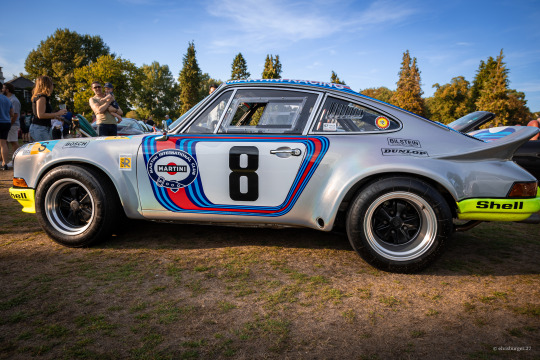



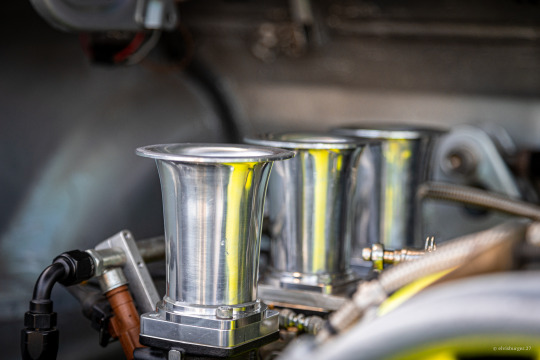
Porsche 911 RSR Homage 1979
#porsche#porschelife#porschelove#porschemoment#porsche911#porsche carrera#porsche rsr#porsche classic#porsche aircooled
13 notes
·
View notes
Text
Porsche 924 - Une voiture qui continue de séduire les passionnés

Comment la Porsche 924 a rendu la conduite d'une voiture de sport accessible à tous
La Porsche 924 est née du contrat signé par Porsche pour Volkswagen. Basé principalement sur des pièces facilement disponibles de la VW. La voiture devait_être la VW Type 477, également connue sous le nom de code EA435. Cependant, VW a choisi d’annuler ses projets tard dans le projet pour des raisons financières. Porsche a ensuite acheté les droits de conception pour 60 millions de dollars ! (10 millions de dollars de moins que le coût de développement) et a produit la voiture. VW ayant assemblé les voitures dans son usine d’Audi à Neckarsulm.
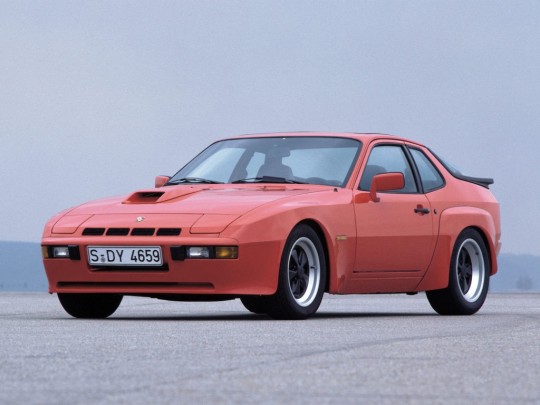





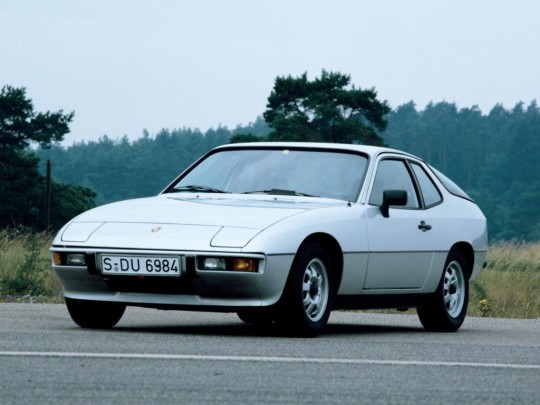
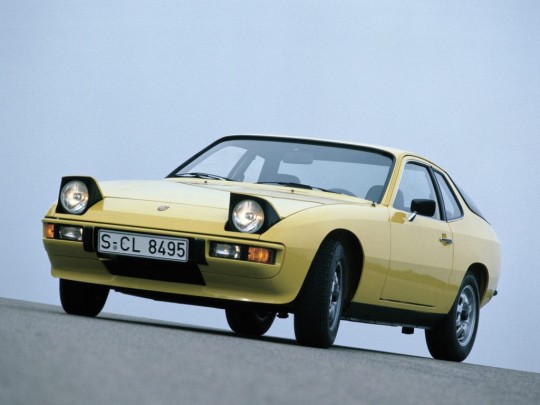



Sous le capot de la Porsche 924
Moteur 4 cylindres 2,0 litres SOHC de 125 ch en Europe, 95 ch aux États-Unis, boîte de vitesses 4 vitesses, freins à disque avant et à tambour arrière.
Porsche a amélioré les performances de la voiture pour répondre aux attentes du public. Les améliorations impliquaient freins à disque ventilés, suspensions sport, transmissions à 5 vitesses et moteur plus puissant. Parmi les améliorations apportées au confort vitres électriques, rétroviseurs électriques, chaîne stéréo améliorée, transmission automatique en option.
Des éditions spéciales
Porsche a pris d’autres mesures pour améliorer l’attrait de la voiture sur le marché. En commençant par des éditions spéciales telles que l’édition Martini (également connue sous le nom de Championship Edition, en 1977) ! la Limited Edition (1978) et l’édition Sebring ( 1979). Essayant de pousser cet effort plus loin, Porsche a travaillé avec quelques grands concessionnaires américains à partir de 1979 pour entrer et conquérir la scène D-Production du SCCA avec le D-Prod Kit Cars, connu en interne sous le numéro 933. 16 d'entre eux seront fabriqués.
La plupart sont toujours là, mais peu sont encore en forme D-Prod. La classe ayant abandonnée dans les années 80. La majorité d'entre eux mis à niveau vers les spécifications GT3 pour les courses SCCA, ou GT5 dans Porsche Club Racing.
La version Turbo
La 924 Turbo, également connue sous le nom de 931, mise en service fin 1979. La compression légèrement réduite par rapport au 924 pour prendre en charge l’augmentation, et une nouvelle tête implémentée avec de meilleures caractéristiques de débit. Les niveaux d'amplification modérés, 8-10psi. Le moteur équipé d'un refroidisseur d'huile pour plus de durabilité.
Le 931 venu avec un trans 5 vitesses depuis le début, mais avait les freins à disque / batterie de style précoce. Les performances accrues de la 931 nécessitaient les meilleurs freins à disque ventilés aux quatre roues, disponibles en option. Les versions ultérieures du 931 avaient des systèmes d'allumage numérique améliorés. Les 931 sont plus facilement identifiables grâce à la gaine NACA dans le capot sur le côté droit, les fentes d'aération sur le nez avant sur le panneau d'insigne au-dessous du badge Porsche.
La Carrera GT

Porsche 924 Carrera GTS 937 1981
En 1981, la 924 Carrera GT est sortie, la 931, également connue sous le nom de 937. La cosmétique préfigurait la 944, avec une large partie avant pour couvrir la piste plus large. Mais la largeur arrière strictement augmentée grâce à petites fusées, comme on le voit actuellement sur les voitures 911 GT2. La carrosserie supplémentaire entièrement en plastique et non en fibre de verre.
Freins standard, mais avec des circuits légèrement différents en raison de la géométrie de suspension. Des jantes Fuchs de 16 "et des freins et des suspensions améliorés de série. Moteur plus puissant grâce à un intercooler et une compression plus faible.
Le refroidisseur intermédiaire intégré au tube de charge , juste au-dessus du couvercle de la came. Cela pour minimiser le retard du turbo. Il était difficile de faire circuler l’air à cet endroit et la cuillère recouvrait le capot de la came. Seulement 406 exemplaires fabriqués, aucune importation officielle aux États-Unis, mais quelques-unes seront importées par des importateurs privés.
Porsche 924 GTS et GTR
La Carrera GTS et GTR , ceux-ci ne seront pas mentionnés par des numéros de modèle distincts. Car développés à partir de la 937 Carrera GT, et sont donc également considérés comme des 937. Contrairement aux autres modèles, ils étaientconstruits chez Porsche à Zuffenhausen. Le GTS avait un intercooler dans le nez, comme la 944 Turbo, mais avec des phares fixes en plexiglas.
La puissance améliorée
Le poids abaissé et la puissance améliorée, mais la voiture était toujours légale, du moins en Europe. 59 GTS réalisés, dont 15 en configuration Club Sport; des réductions de poids supplémentaires, un rollcage, etc. La GTR, une voiture de course de 375 ch, conçue pour les 24 Heures du Mans et de Sebring. La voiture a été entièrement modifiée pour la course, avec un accent particulier sur la suspension pour les courses d’endurance.
Comme les crics d’air, le ravitaillement en carburant, etc. Site officiel Porsche
https://youtu.be/LoIQXD6ijrU
Read the full article
2 notes
·
View notes
Text
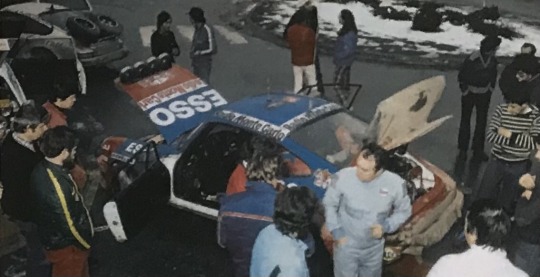
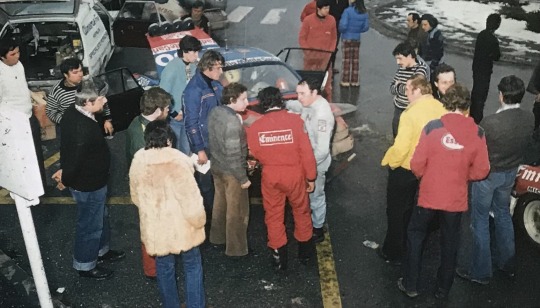
Jean-Pierre Nicolas 🇫🇷Jean Todt 🇫🇷#1 . Porsche 911 Carrera RS 3.0 /6ème classement final.Assistance Alméras.Monte Carlo 🇲🇨1979
3 notes
·
View notes
Photo

1979 PORSCHE 911 TARGA
#1979#PORSCHE#911#TARGA#911 TARGA#VINTAGE CAR#CLASSIC CAR#GERMAN CARS#SEVENTIES#VETERANBIL#CARSPOTTING
40 notes
·
View notes
Text

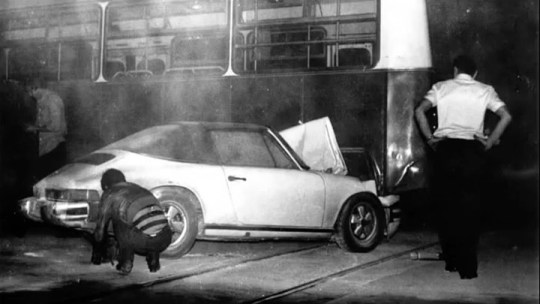

The Belgrade Phantom: Yugoslavia’s Ghost 911.
In the 1979, during Yugoslavia’s Socialist Dictatorship, a man by the name of Vladimir Vasiljevic gained notoriety for stealing cars. He earned the nicknames “Vlada Opel” for his love of stealing Opels and “Vlada Kljuc” which roughly translates to “Vlad the key” for his ability to hotwire almost any car.
At one point in his boosting career, Vlad came across a white Porsche 911 Targa owned by Serbian tennis player Ivko Plecevic, a car that was a particularly rare sight in Yugoslavia. Being an almost professional car thief, Vlad was up for the challenge of stealing the 911.
It’s unknown how long he actually had the car days but for about a week to 10 days, Vlad would take out this phantom 911 after 10pm and rip through the city streets. Local police gave him the name of the Belgrade Phantom because he would taunt and tease them in chases until late hours of the night before disappearing. He would call in to local radio stations and tell people where to stand for the best view of his driving “performance.”
The fun and games all ended when police setup a trap using empty busses that Vlad ultimately crashed in to. Even after the crash it wasn’t until 2 days later that police caught him after an anonymous tip was called in. Hardly any images or video exist of this phantom except for his final joyride and crash which ran in the newspaper. I’m 2009 a documentary film was made and many of the stories were recreated.
#thebelgradephantom#yugoslavia#belgradephantom#porsche911#911#vladthekey#stolencar#ivkoplecevic#tennis#racing#radio#phantom911#car#scans#archive#photo#burntoutclutch
1 note
·
View note
Video
1979 Porsche 911 GT1 by David G. Schultz
2 notes
·
View notes
Photo
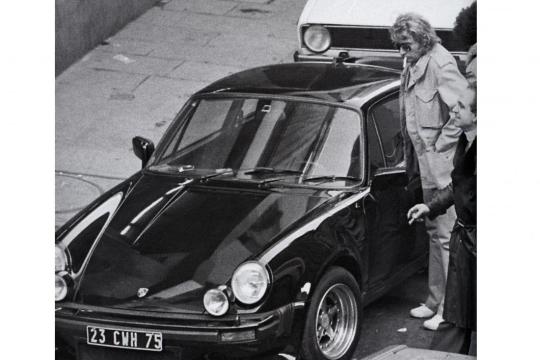

Johnny Hallyday et sa Porsche 911 SC 1979 - préparation par les frères Alméras . - source L'Argus.
118 notes
·
View notes
Photo

💥FOR SALE 💥 Porsche Turbo 911 Model year 1979 (930) – 965 look – rebuild 2007-2010 – driven 300km from restoration (engine 3000 km / transmission 5000 km) All body parts are carbon fiber, exempt the roof is steel (complete carbon roof is not available) – professional painted with highest quality Glasurit paint – all parts are new. Weight is 1080kg (w/engine oil / gear oil) (Note : Websites in the listing below are for reference only) Street legal and registered. Engine 3,3liter 640hp / 705Nm Carrera twin plug cylinder heads ported and polished and flow tested Mahle pistons https://ift.tt/306ozyC Connecting roads magnafluxed and balanced wit ARP rod bolts http://www.arp- bolts.com/Catalog/Catalog.html Crankshaft magnafluxed and balanced Intake manifold modified (964) Big high flow intercooler Pm more for details — view on Instagram https://ift.tt/AkfDQXj
1 note
·
View note
Link
0 notes

